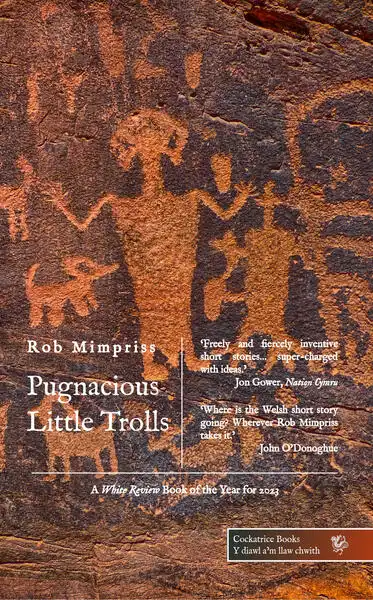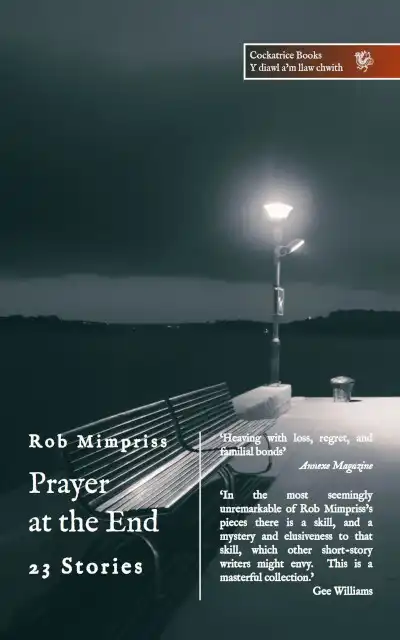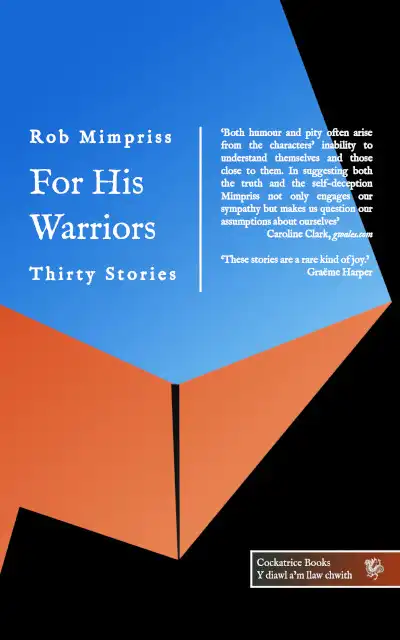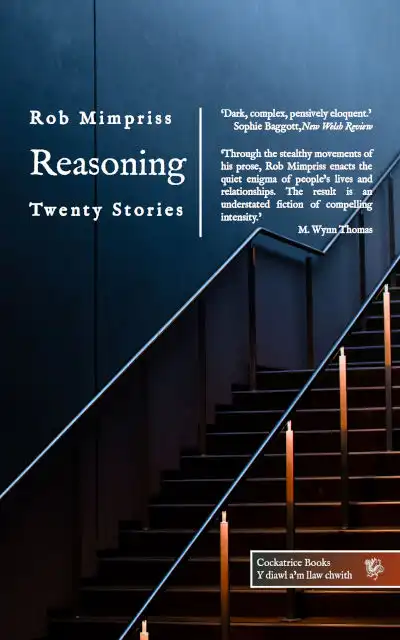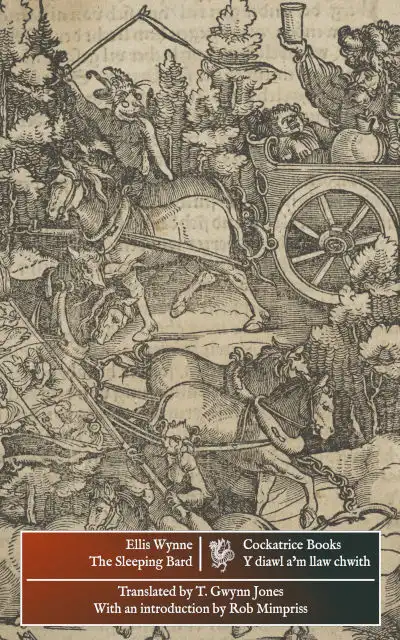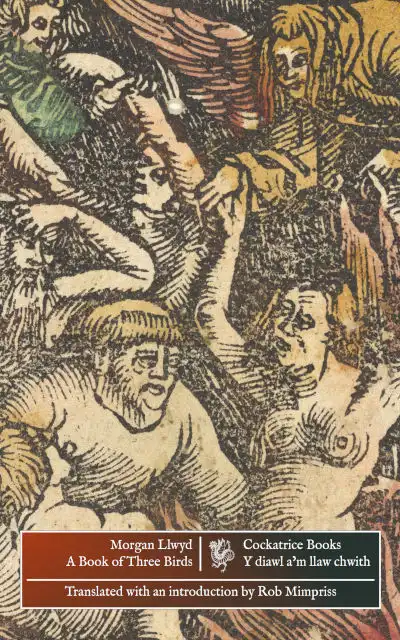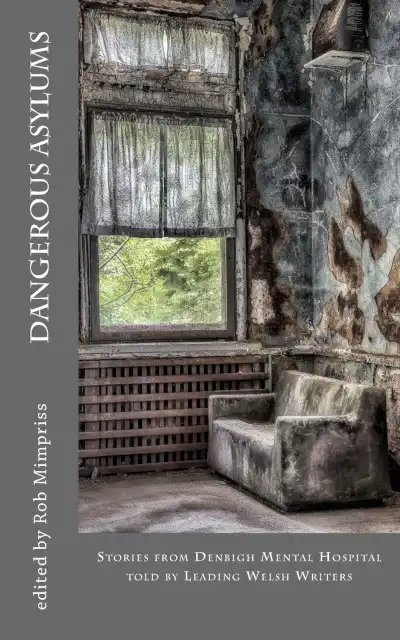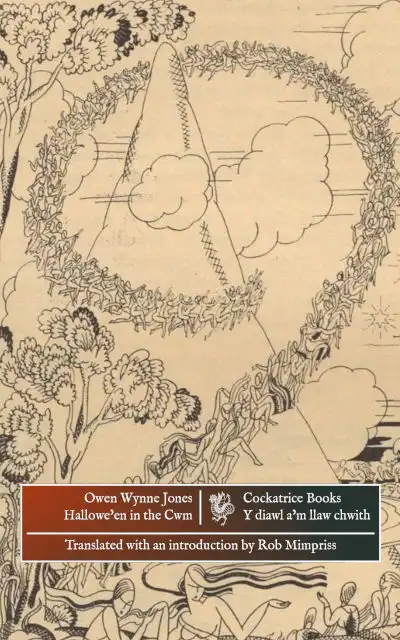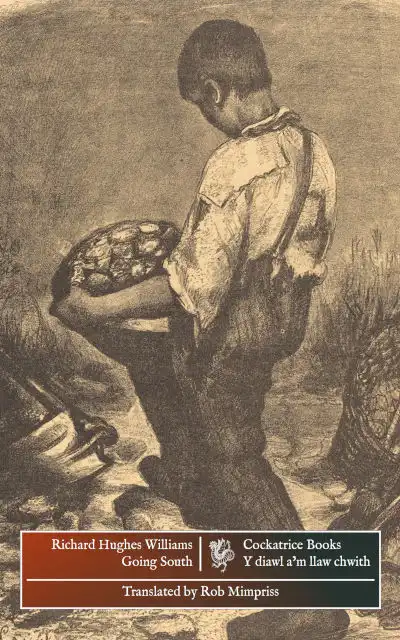‘The Conquest of Angles A and B…’ was first published in New Writing: The International Journal for the Practice and Theory of Creative Writing, 23rd April 2019, as part of a duo of short stories under the title ‘Reflections on the Destiny of the British Race.’ Both stories now appear in Pugnacious Little Trolls.
‘These stars… these vast worlds which we can never reach. I would annex the planets if I could.’
Cecil Rhodes
Let history know that in the ninetieth year of our habitation, the people adjacent to Angle C mounted an expedition against the peoples of Angle A and Angle B, whose chants and imprecations were a nuisance by day, and whose concupiscence disturbed our sleep by night. Let it show that we marched from the vertex of Angle C towards the hypotenuse, broke in two at the point where our territory met theirs, and set upon their people in their lechery and slumber, just as the light was increasing. Let history know also that People A and People B sued for peace, and ceded to us one third of their territories along the Euler line. Finally, let it tell that we evicted the people we found there, set up camp at the median M of the hypotenuse, brought our supplies and settlers from Angle C, and so established our civilisation in the farthest corner of our new territory. Towards the third meal there was a brief uprising. Fighters from Angle B advanced towards Point M, meeting their allies from Angle A: attacked from both sides, our settlers defended themselves with cooking pots and knives, killed some, and took others captive, whom they stripped and bound at hand and foot, beating them as the light decreased, until their groans and curses echoed through the Triangle.
Then, for the first time our ancients could remember, the hours of darkness were broken not by the taunts and provocations of their warriors, nor by the moaning and crying of their lovers, but by the sounds of their lamentation as they lay by their unlit cooking stoves, and took stock of their shared defeat. We heard their poets denounce the perfidy of People C, while their women cried out the cowardice of their warriors who had quit the field, and our captives added their voices to the clamour, proclaiming their nakedness and bonds an insult to the honour of their peoples. By the ruddy light of torches which gleamed on the hypotenuse, and dimly lit the Triangle’s roof, we dragged our captives home to the vertex. There we stood resting our backs against the catheti a and b, while the most stertorous of our leaders raised his voice above the clamour, threatening a total war to which the violence of that morning would seem like a pale tranquillity. Such were his threats that a quietude fell over People A and People B, broken only by the murmurs of their discontent, by the attempts of their poets to find nobility in defeat, and by a woman who raised her voice in piercing ululation as she cried out the name of her lover. One of our hostages gave reply, but was silenced with a blow, and at last even those protests faded into silence, as our defeated peoples consoled themselves in an exhausted sleep, and we, the victors of Angle C, were left to discuss our discipline and fortitude in conflict, our prudence and intelligence in peace.
That we, the people of Angle C, are rightful leaders of the Triangle is confirmed by vulgar observation, and by the doctrines of our trigonometers. First, we are the most numerous of its three peoples, amounting always to exactly half its one hundred and eighty souls, for always the rasping breaths of the ancients cease at the wailing of the new born. Second, we now rule over half its area, from the vertex of Angle C to the median points of the catheti, and from there to the bisecting point of the hypotenuse in lines that form a perfect square. From this it will be seen, third, that our point of origin, Angle C, is also a perfect right angle, superior in its radius to the acute angles, A and B, and asserting its uniqueness against their conformity. And we observe that what is true of the angles is true of the peoples which they have borne: for we, the people of Angle C, concern our minds with what is right and fair, and busy ourselves with the practical arts, while the peoples of Angles A and B fritter their time in wrestling and boasting, in antic fables, and in the shadow-plays of their illusionists, cast in the flickering light of their cooking stoves on the wall of the hypotenuse.
When we gaze towards the vertex of Angle C, we find ourselves consoled by the perfection of its ninety degrees; when we pace back and forward along its rays, we find our minds made right and straight in a model of our habitation. We are likewise refreshed in the number and the quality of our kind, in the clarity of our speech and the probity of our dealings; when we turn our gaze along the catheti, we observe the wretched acuteness of Angles A and B, and the harshness of manner and the contraction of mind that they instil in their inhabitants. Yet if we glance up along the Euler line, we confront the grim expanse of the hypotenuse, one thousand paces from end to end, and infinite, as we believe, in depth. This hypotenuse is ever present in the darkest of our thoughts, and more so in the thoughts of our settlers at Point M, defying the order and comfort of Angle C, and terrifying, or so we infer, those half-wretched peoples whose angles are beneath it, separated from each other by its gargantuan breadth.
A little after the first meal, we dispatched couriers to appeal to such intelligence as Peoples A and B possessed, and to impress upon them the justice of our expanded rule. We demonstrated the elegance of the new geometry, replacing the forms of their old trapezoids with models of the Triangle itself, joined by and abutting our perfect square, which henceforth would maintain a peace between them. We flattered the quaint acuteness of Angles A and B, and the sublimity of the hypotenuse, which exalts the peoples A and B, we claimed, to their genius in the arts. We even encouraged a little laughter at the simplicity of our customs, depicting a future in which all three peoples would live as one, augmenting the sense and good order of People C with the energy and spirit of its neighbours. And we demanded their submission on behalf of our captives, whose lives we could take hostage in retribution for revolt, or make comfortable in their slavery. Later the peoples of Angles A and B sent heralds to sit at our third meal. Our captives brought food, and our guests displayed their grandiloquence with slaps and petty kicks, boasting to each other of their future importance in the new geometry. A voice arose from Angle A in crude and jeering rhyme. A few of the heralds fell to brawling among themselves. One of our own number attempted to intervene, and as a hidden blade lashed out, we heard the moans of a woman just beginning labour. We arrested the heralds, and as the light faded on our dying man, his head cradled in the hands of his lover, we spent the hours of sleep in growing discord.
And now let history understand the contentions that then arose between the people of Angle C. There were disagreements, first, over whether we should execute all of the heralds as a warning to their peoples, or the one most likely to have wielded the knife. Then some among us began to dispute the new geometry, which had doubled the size of our territory, yet sacrificed its form; there were those who now felt stricken with remorse for the blood we had shed. Still others feared the revenge of Peoples A and B, whose numbers combine to rival our own, and who exceed us in guile and malice. Then our arguments came almost to blows as some demanded that we release our slaves, withdraw our settlers and sue for peace, and others that we assimilate Peoples A and B into our own people, and exterminate their cultures, or even that we wage pre-emptive war against them, and claim the whole of the Triangle as our own.
Where do Angles A and B begin? Our patrols set out from the vertex of Angle C, proceed along the catheti towards the median points, and there turn inward to converge upon our settlement. Yet if they were to continue along the catheti, they would encounter no barrier to our expanded rule until they met the vertices of Angles A and B themselves. And if our enemies, who fear and hate us, combined their forces and advanced, they too would meet no impediment except the vertex of Angle C, and except the steadfast courage of our warriors.
So now we prepare ourselves for war.
Where does Angle C end, if it can be said to end? Our trigonometers have begun to doubt that the hypotenuse is real. Rather than a barrier of infinite depth, it is, they suggest, a mere line, or even another shadow cast by the illusionists of Angles A and B in some cowardly and duplicitous plot to cheat us of our greatness. And if the illusionists were put to death, or the whole of their peoples were put to death, then the illusion might be dispelled, as ignorance is dispelled in a child when it is instructed.
If the wall of the hypotenuse were to disappear, then we would face no limits to our advancement as a people. Behind us would be the vertex of Angle C, from which we come, and from which we claim our destiny, and on either side of us would be its rays, stretching away beyond the Triangle into a limitless habitation, peopled perhaps by our future slaves, towards infinity.
Buy from Cockatrice




